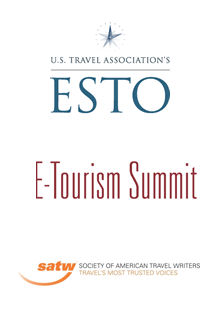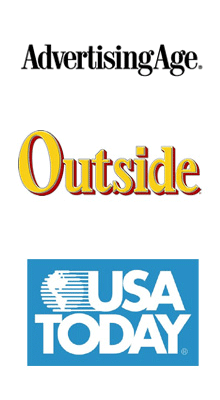The Role & Impact of Destination Marketers – Just in time for your summer reading, PhoCusWright has released a report examining the role and impact of DMOs. Described as one of the largest reports on the subject, the study, includes a major consumer study into travelers’ use of DMO resources, a survey of 176 Destination Marketing professionals, 50 in-depth interviews with DMO CEOs/senior marketing staff and an analysis with Compete Inc. into online behavior on 15 benchmark DMO Web sites (at the time of this writing, we’re not able to discern which sites were picked or the criteria used to pick them). Best practice recommendations covered includes:
- Perennial favorite…how influential are DMOs are in the decision-making process of U.S. travelers?
- When do users contact DMOs in their travel planning and booking process? (The report finds that DMO Web sites and other resources reach an approximately equal proportion of travelers who are still planning and deciding vs. those who have already booked)
- Content – Consumer expectations of DMO sites and their need for “for in-depth, current and complete information on everything from events to hotels, special offers to restaurants.”
Measuring the Impact of Silent Clicks – Yep, we’re still obsessed with engagement and how to measure the effectiveness of digital campaigns; while we’ve written in the past about who clicks on banners, this time we are intrigued by a new Online Publisher’s Association (OPA) report that examines the value of the “Silent Click”, i.e. the impact of branding and online campaigns beyond the click. While it can be easy to dismiss this as an attempt by the industry to protect a dwindling asset, doing so however would just be a disservice to a study that examined the visitor behavior across 200 of the most trafficked sites. Moreover, the results appear to support other similar studies and reflects our own experience running display campaigns, namely, don’t judge a campaign by its clicks. According to the study, of those visitors who were exposed to display advertising:
- One in five conduct related searches and one in three visit the brands’ sites
- Users spent over 50% more time than the average visitor to these sites and consumed more pages
- Users spent about 10% more money online overall, and significantly more on product categories related to the advertised brands
The full report will be available on Thursday, June 25th at http://www.online-publishers.org
Go See DMO Social Media Research – A few months ago, we encouraged you to participate in a survey conducted by our colleagues at GoSeeTell about the current state of the industry and use of social media by DMOs. The results of the survey were just released and is available from our friends at MilesMedia. Some key findings include:
-
The majority of DMOs are using Facebook and Twitter to engage with travelers and state that Twitter has provided them with the most success; conversely, Flickr & YouTube were cited by most as their favorite photo/video tools respectively (no surprises here)
-
Building awareness and engaging with consumers are the top two goals for using social media; DMOs reportedly spend 1-5 hours specifically on social media
-
Philadelphia, Chicago, Oregon, Columbus, Portland, Arizona and Pennsylvania were cited by our peers as destinations using social media most effectively (We’re honored to be named in that company)
-
In a possible sign of the next wave of DMO site evolution, it is notewothy that the overwhelming majority of respondents (75%) think that social media should be integrated to their main site
The full GoSeeTell study is available for download at www.MilesMedia.com

















